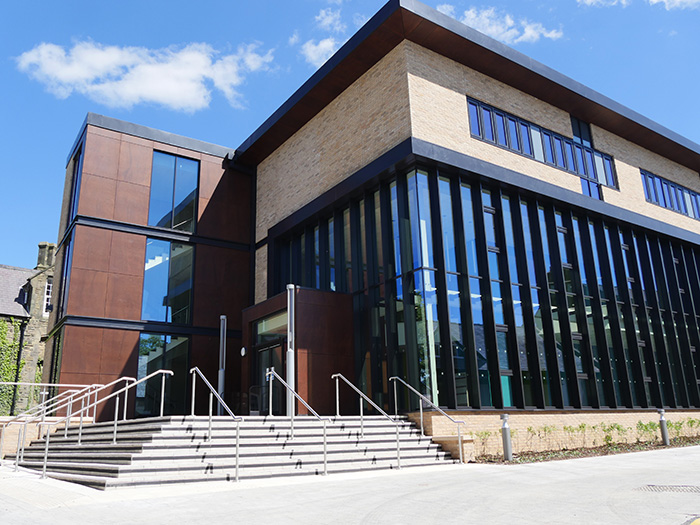Ambleside
The only university campus in a national park and World Heritage Site, Ambleside has been a site for education for 125 years.
In 1892, Charlotte Mason established her House of Education, a training school for governesses, which later became a private ladies’ college, eventually adopting the name of its founder. In 1996 St Martin’s College acquired the college.
Ambleside is a small community campus, home to around 600 students studying courses such as outdoor education, forestry, conservation and paramedic practice.
Brampton Road
Carlisle College of Art moved into Homeacres, the former family home of the biscuit-making Carr family, in the 1950s.
Archaeological excavations prove the campus was an important Roman site, with the Hadrian’s Wall vallum running the length of the campus.
This leafy green campus in Carlisle provides a creative, vibrant atmosphere for around 1000 students studying courses such as photography, performing arts, fine art, games design and illustration.
Fusehill Street
The university’s headquarters, the Carlisle site has a very long history as the Union Workhouse and later the City General. For 32 years it housed the City Maternity, with 55,000 babies being born, until in 1998 the hospital closed and St Martin’s College moved onto the site.
Today the historical listed buildings including the original chapel, co-exist with state-of-the-art teaching and student facilities offering. teaching, STEM subjects, sports, law, forensics, criminology and policing programmes.
London
Courses were first offered in 1999 and the London campus was officially launched by the Secretary of State for Education, Estelle Morris, in 2000.
Now based in the Borough of Tower Hamlets, the campus offers teacher training and policing programmes. Inspirationally, you will find a University of Cumbria-trained teacher in most primary schools in Tower Hamlets.
Lancaster
Formerly the barracks of the King’s Own Royal Regiment, the site became St Martin’s College, a teacher training institution in 1964.
The 1880s listed buildings, stand alongside purpose-built teaching and learning spaces reflecting the architectural style of their day.
Our largest campus, originally focusing on teacher training, courses soon expanded to cover nursing and other healthcare subjects and today also include business, sport, and social care courses.
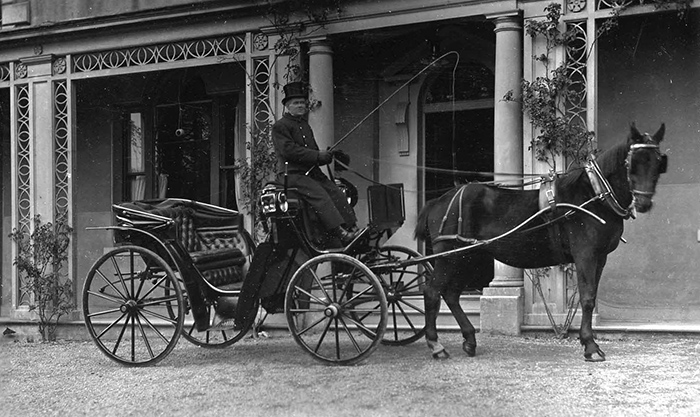
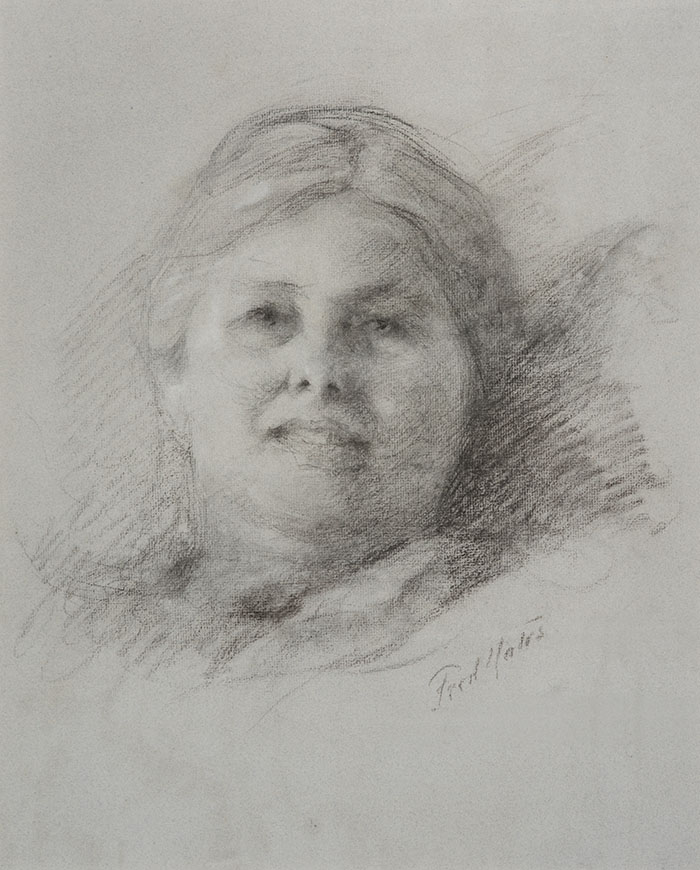
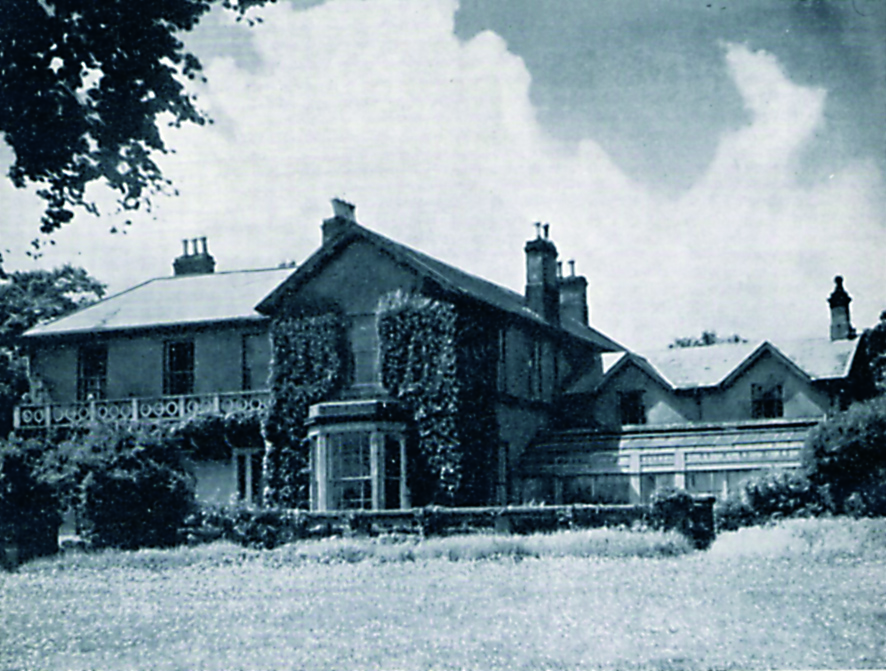
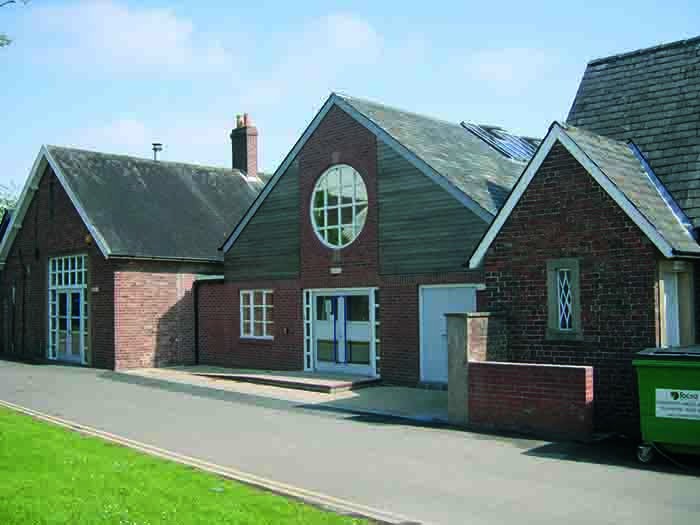
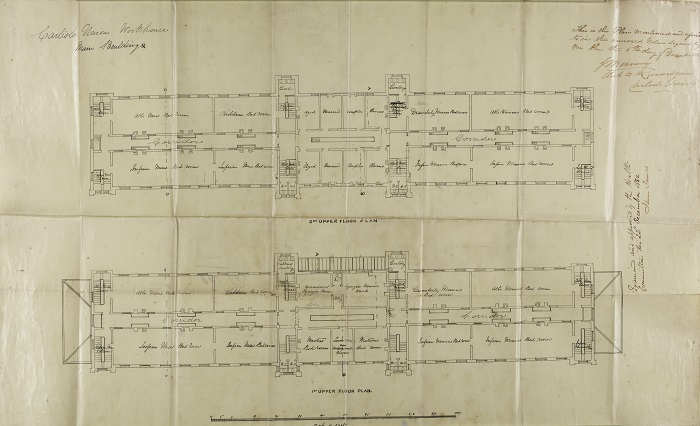
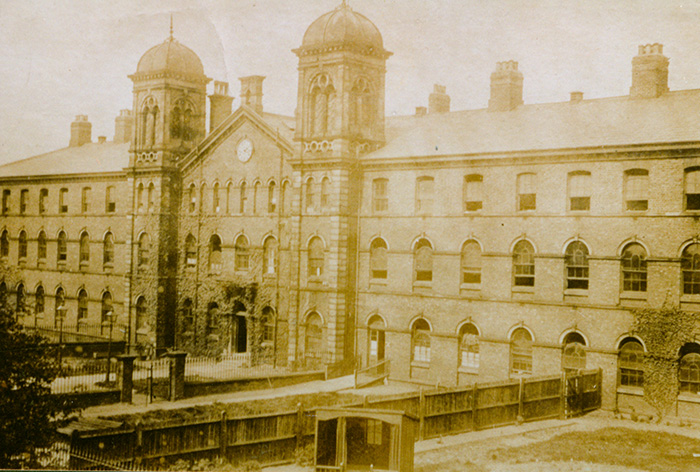
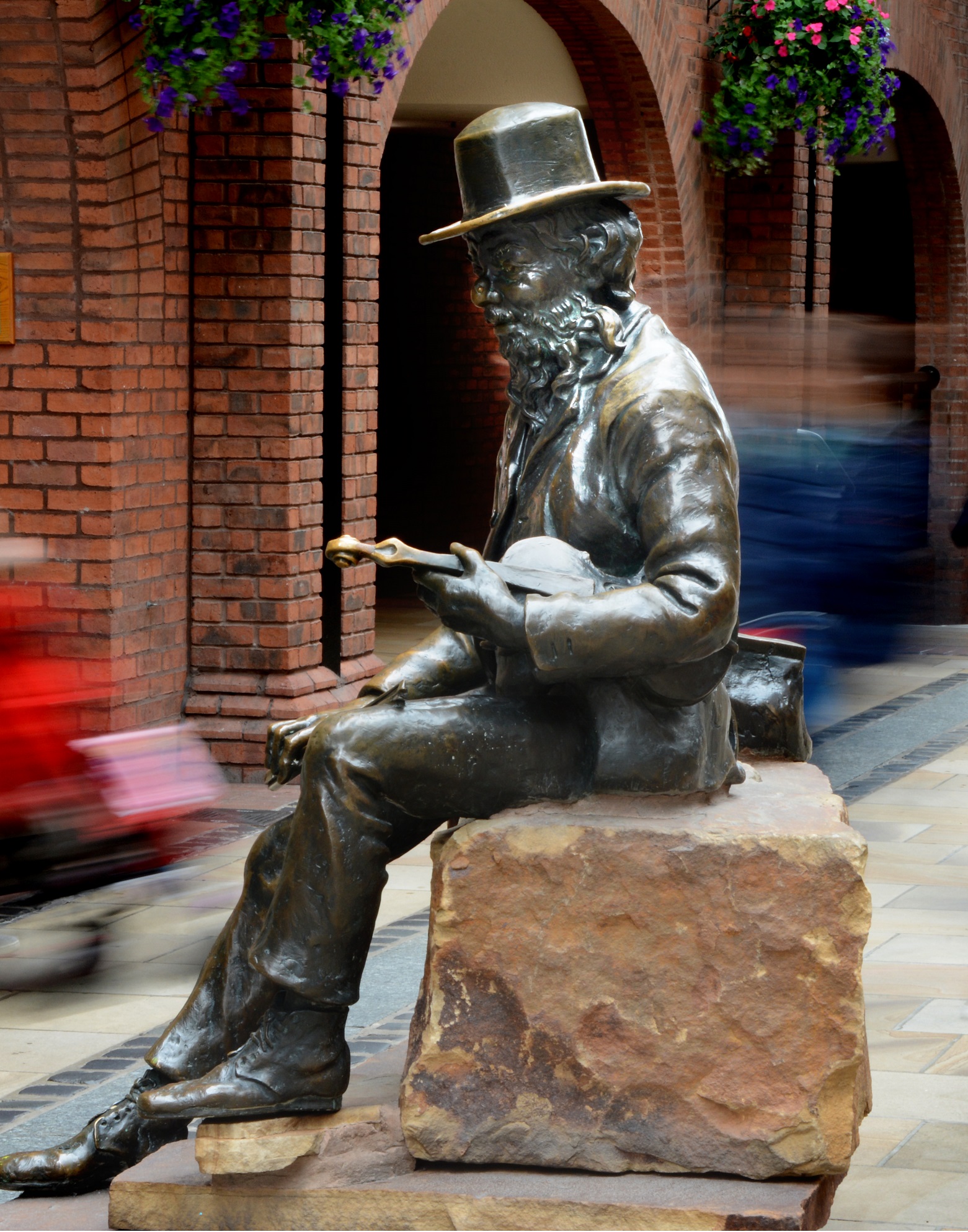
.jpg)
.jpg)
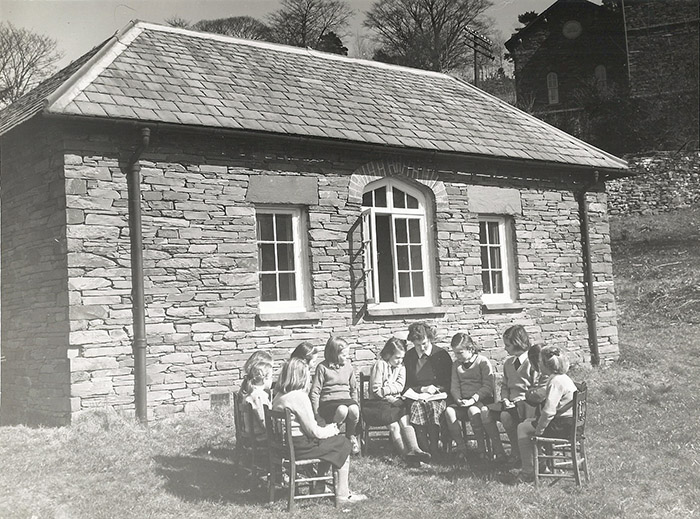
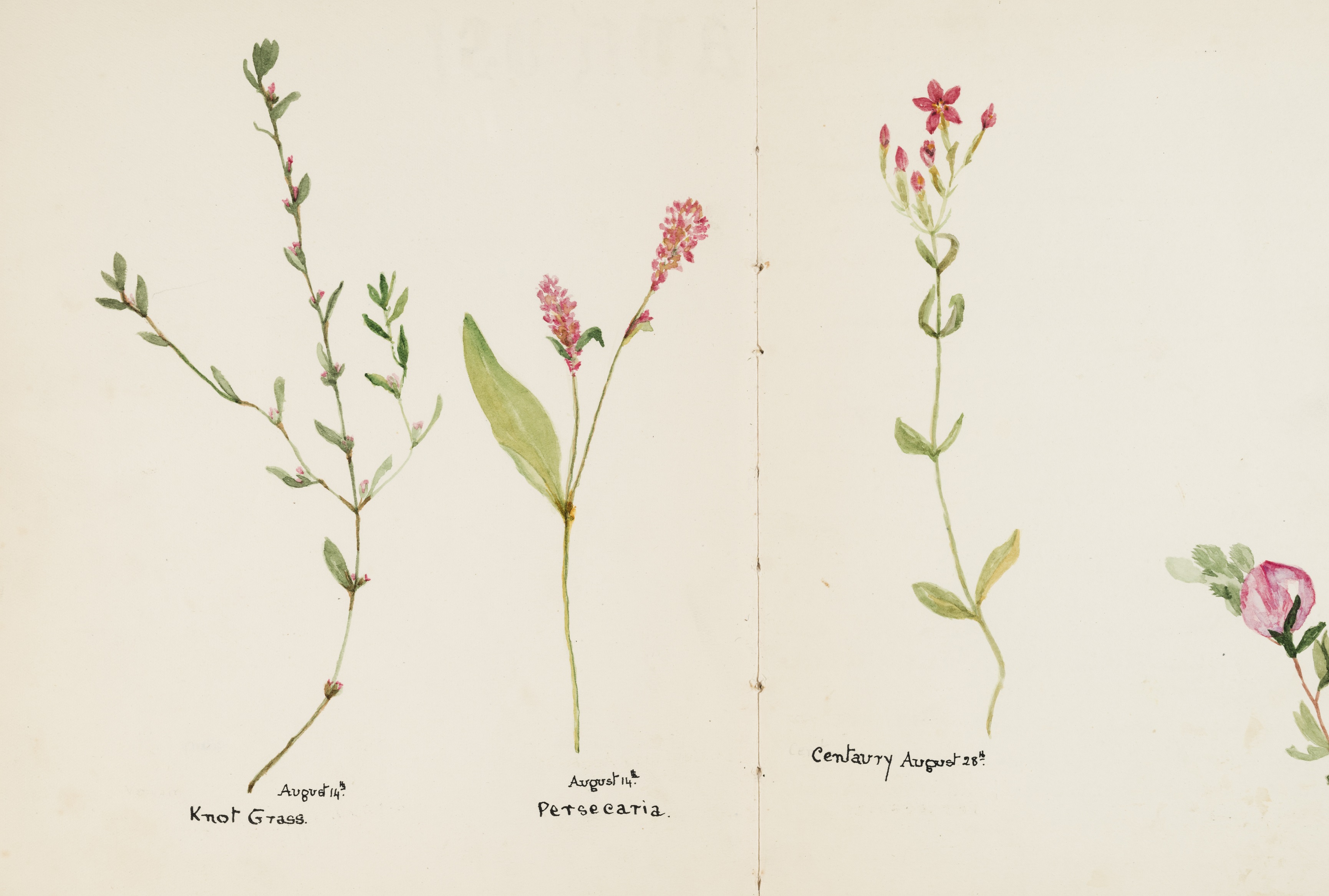
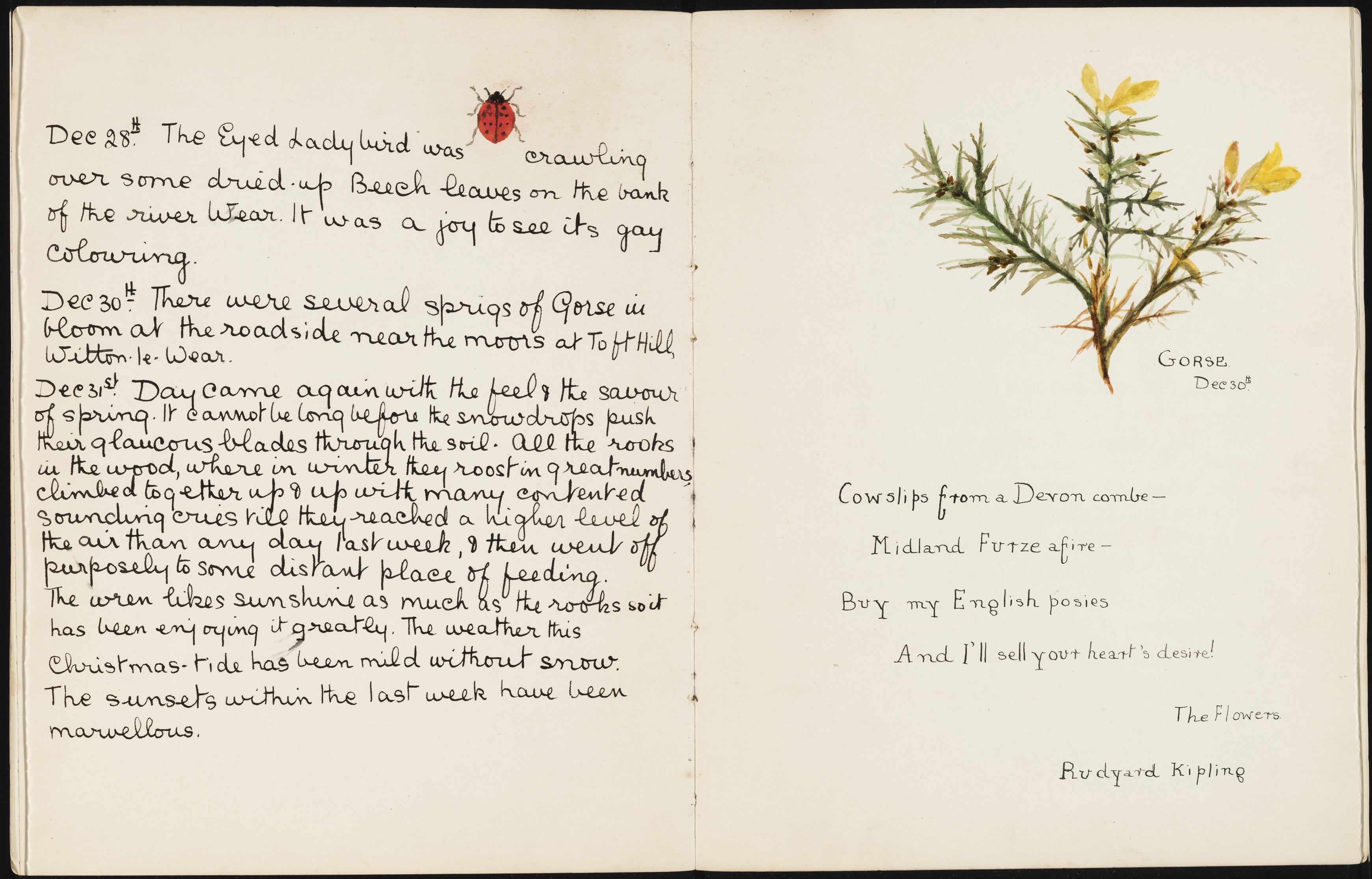
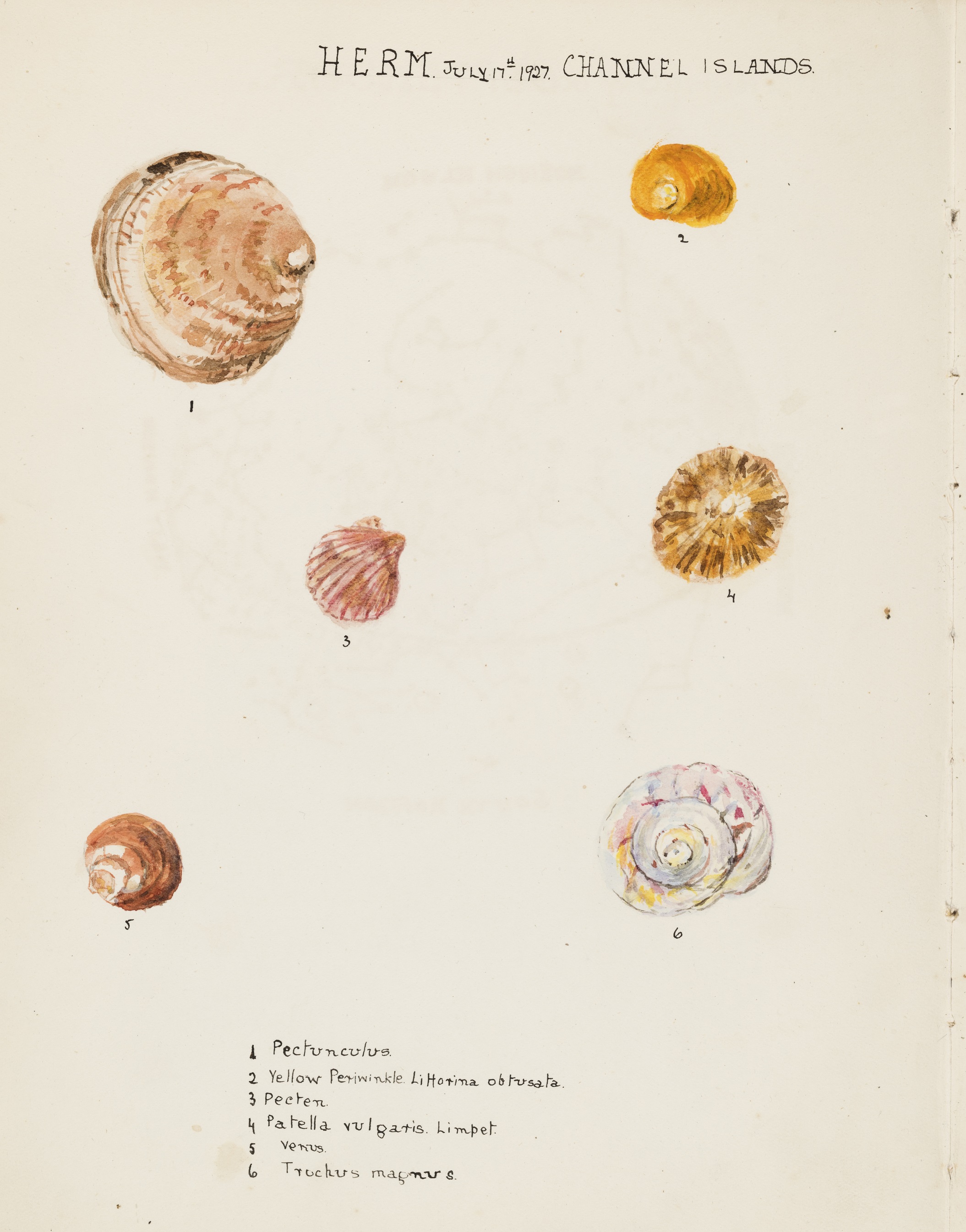
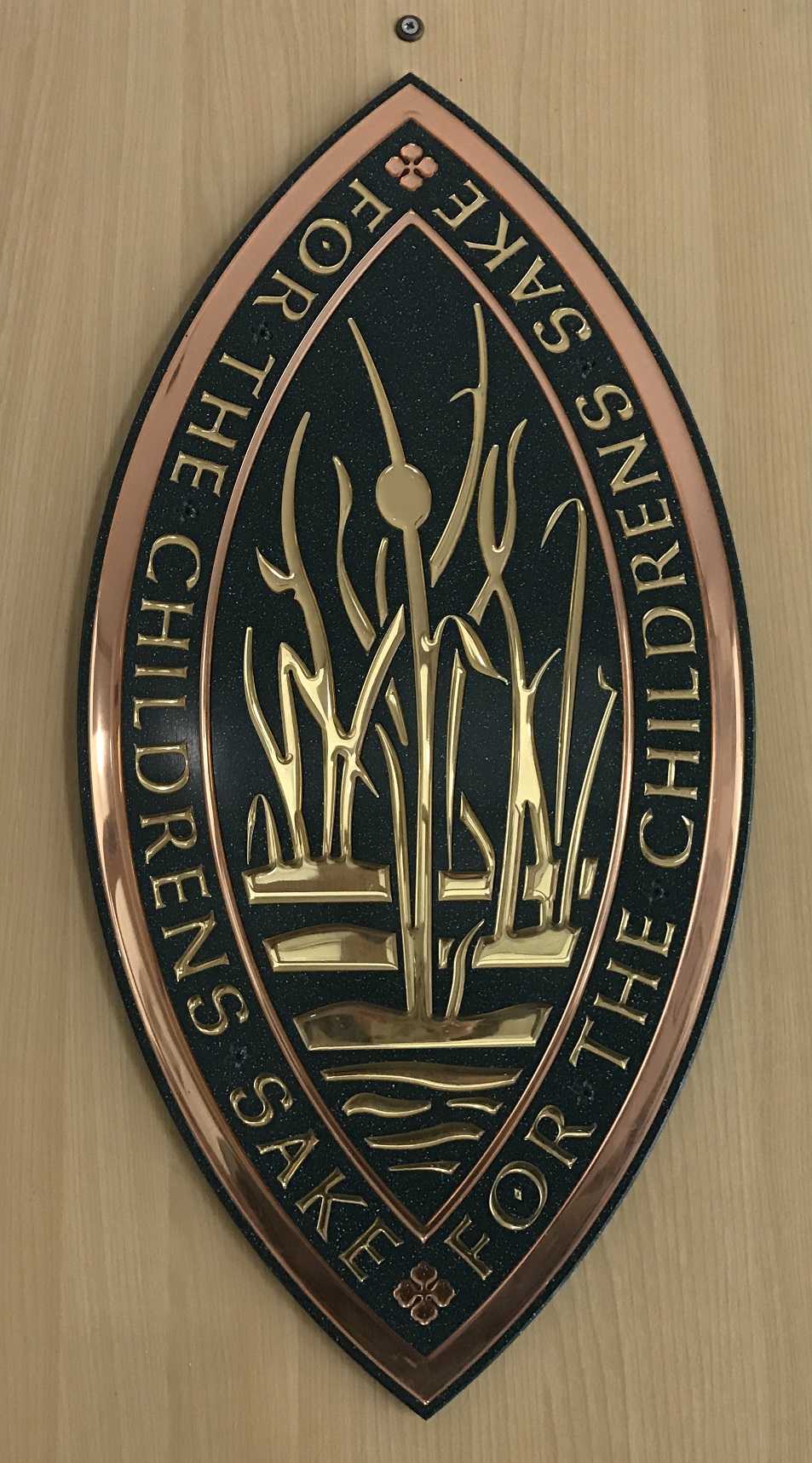
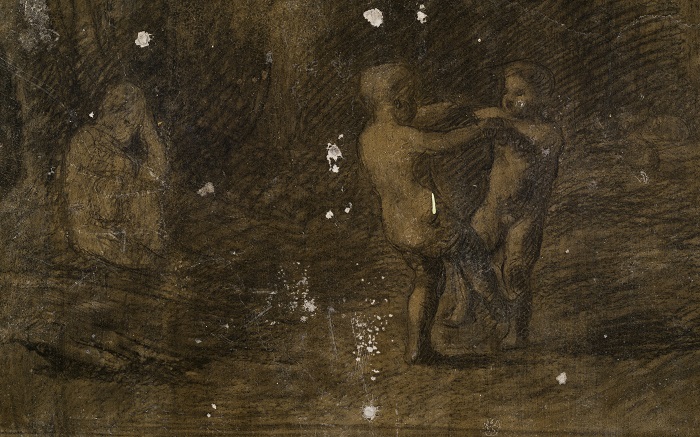
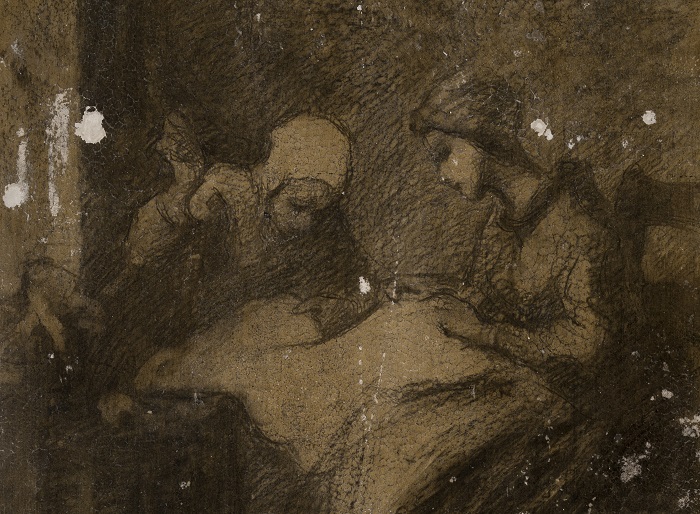
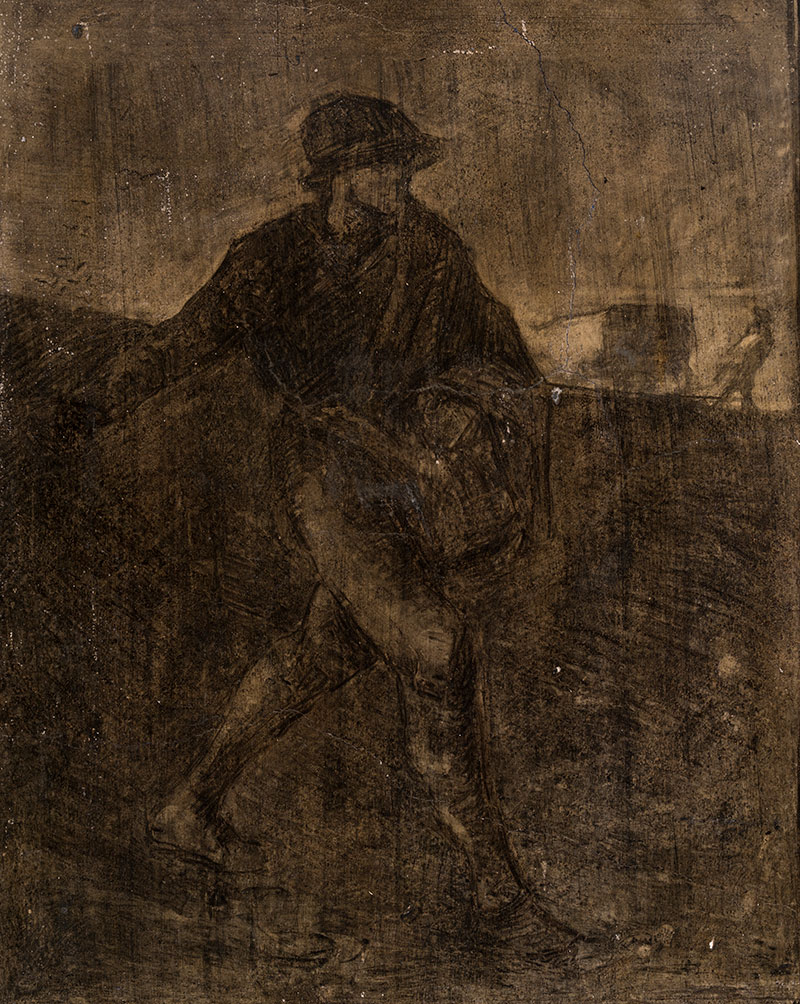
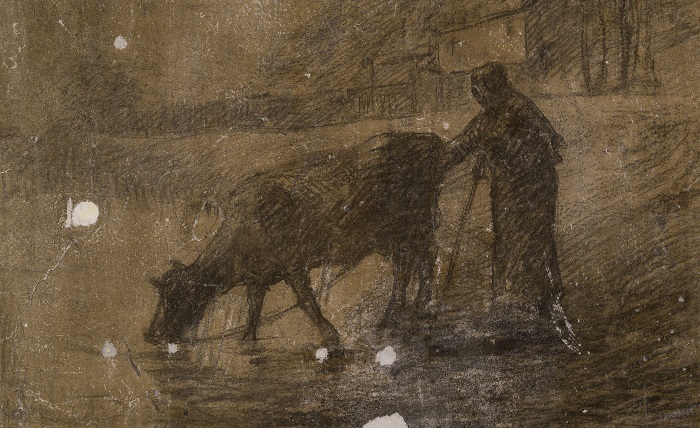

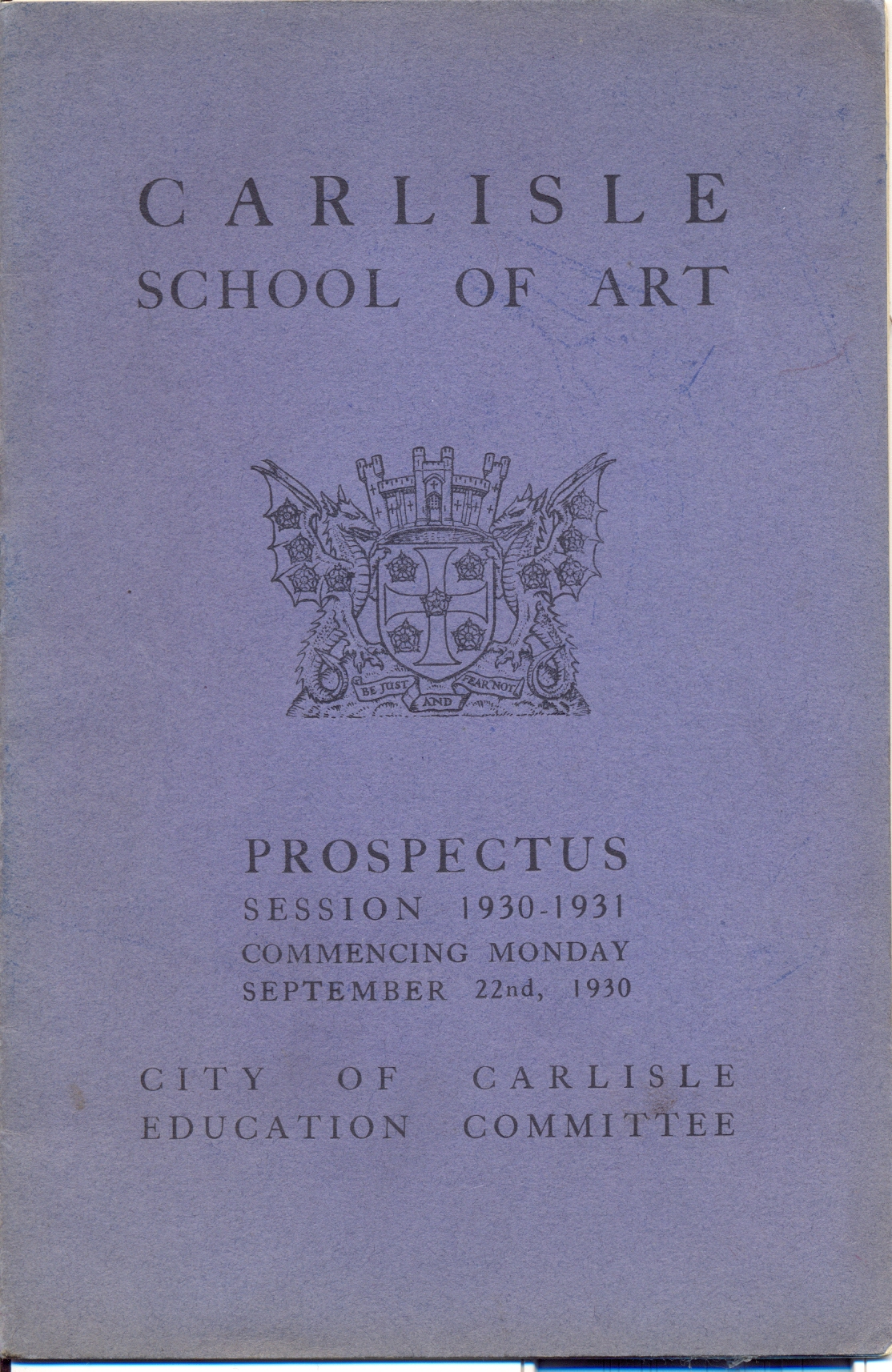
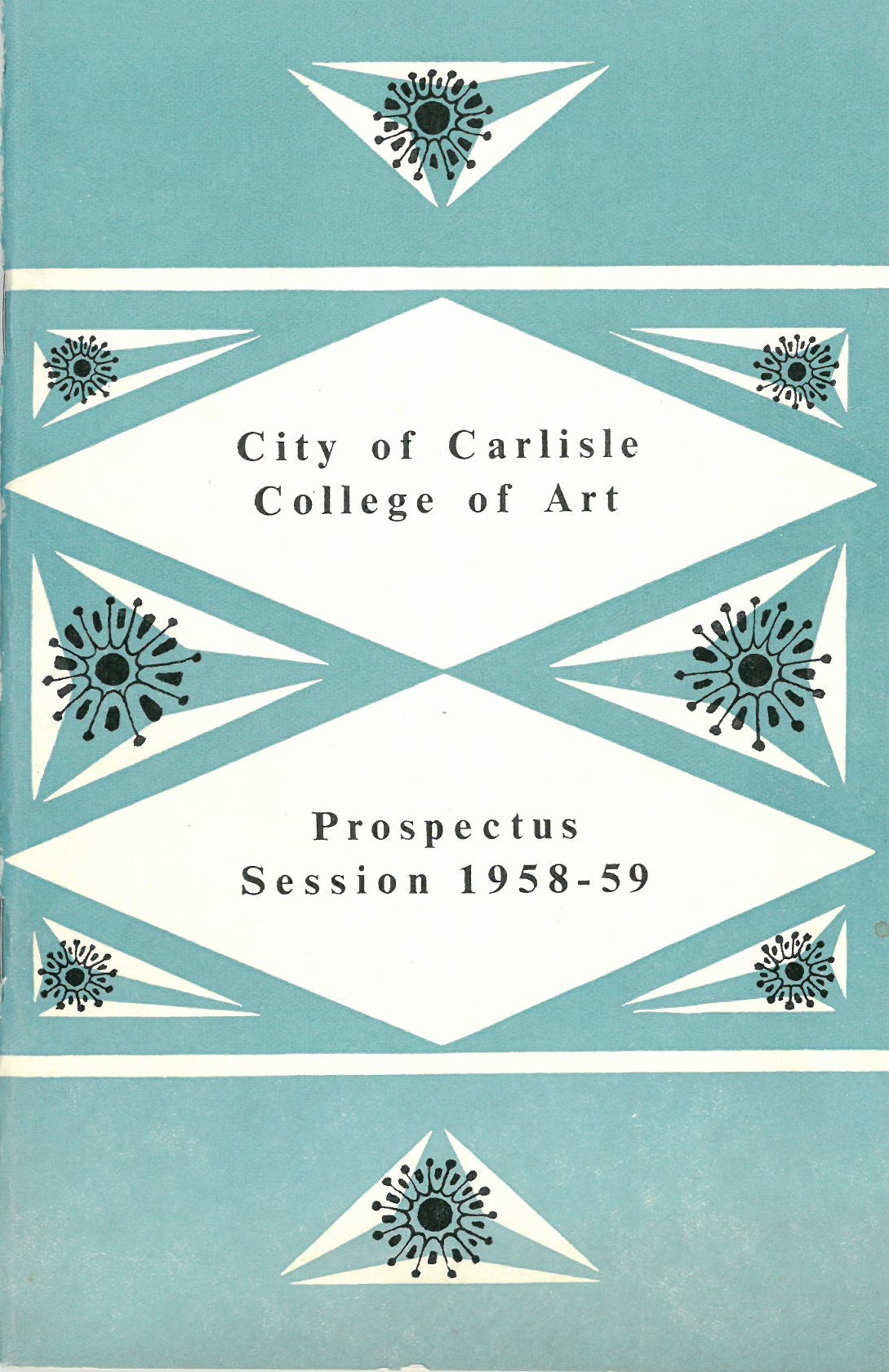
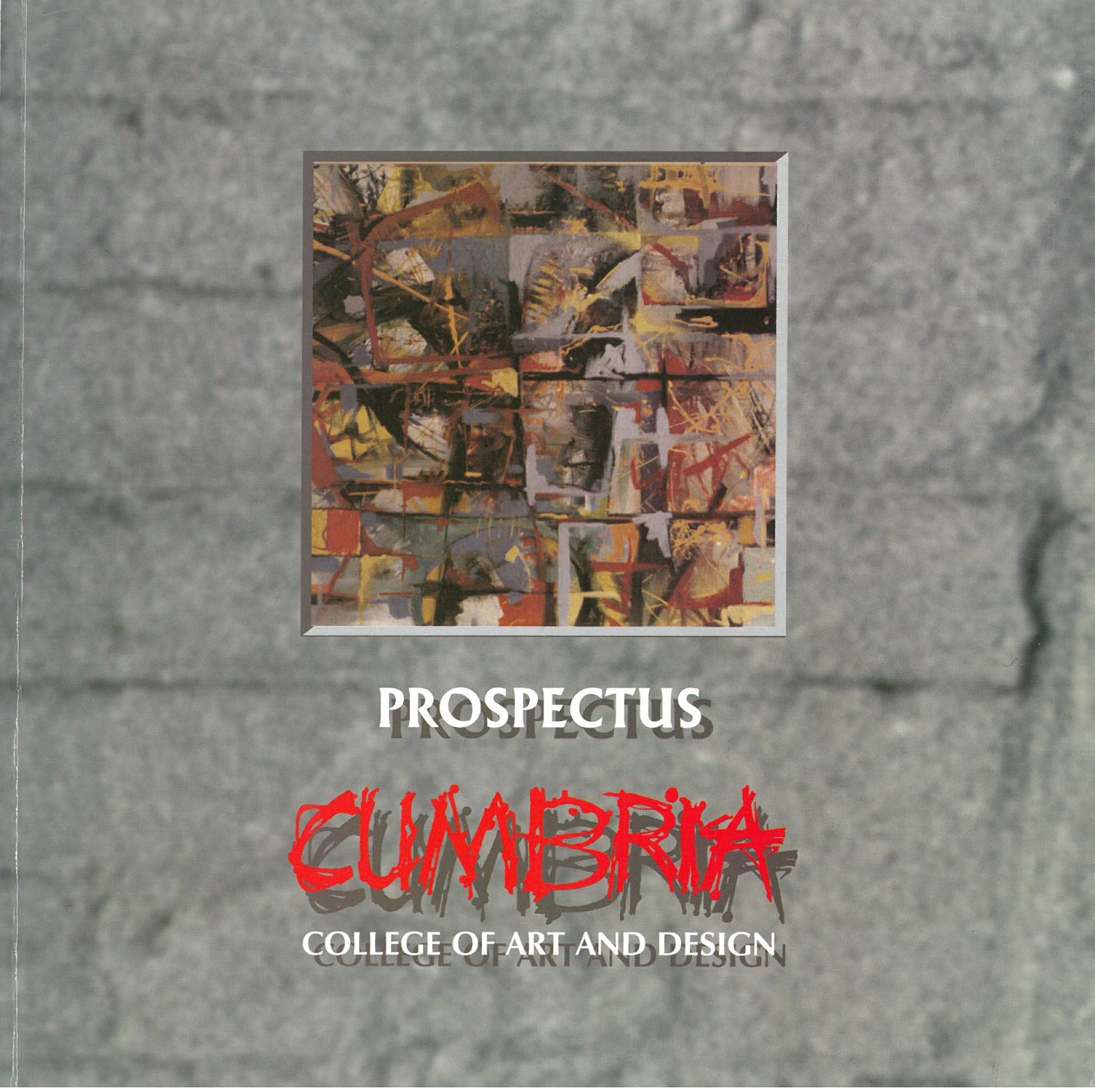
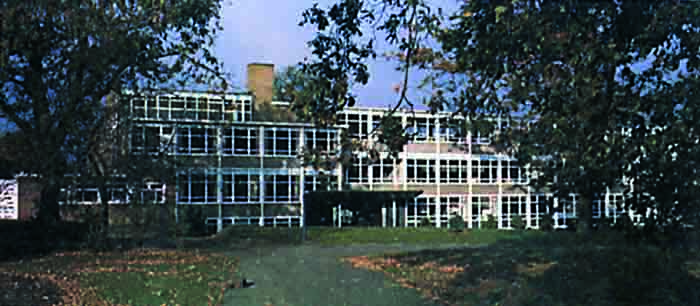
.jpg)
.jpg)
.jpg)
.jpg)
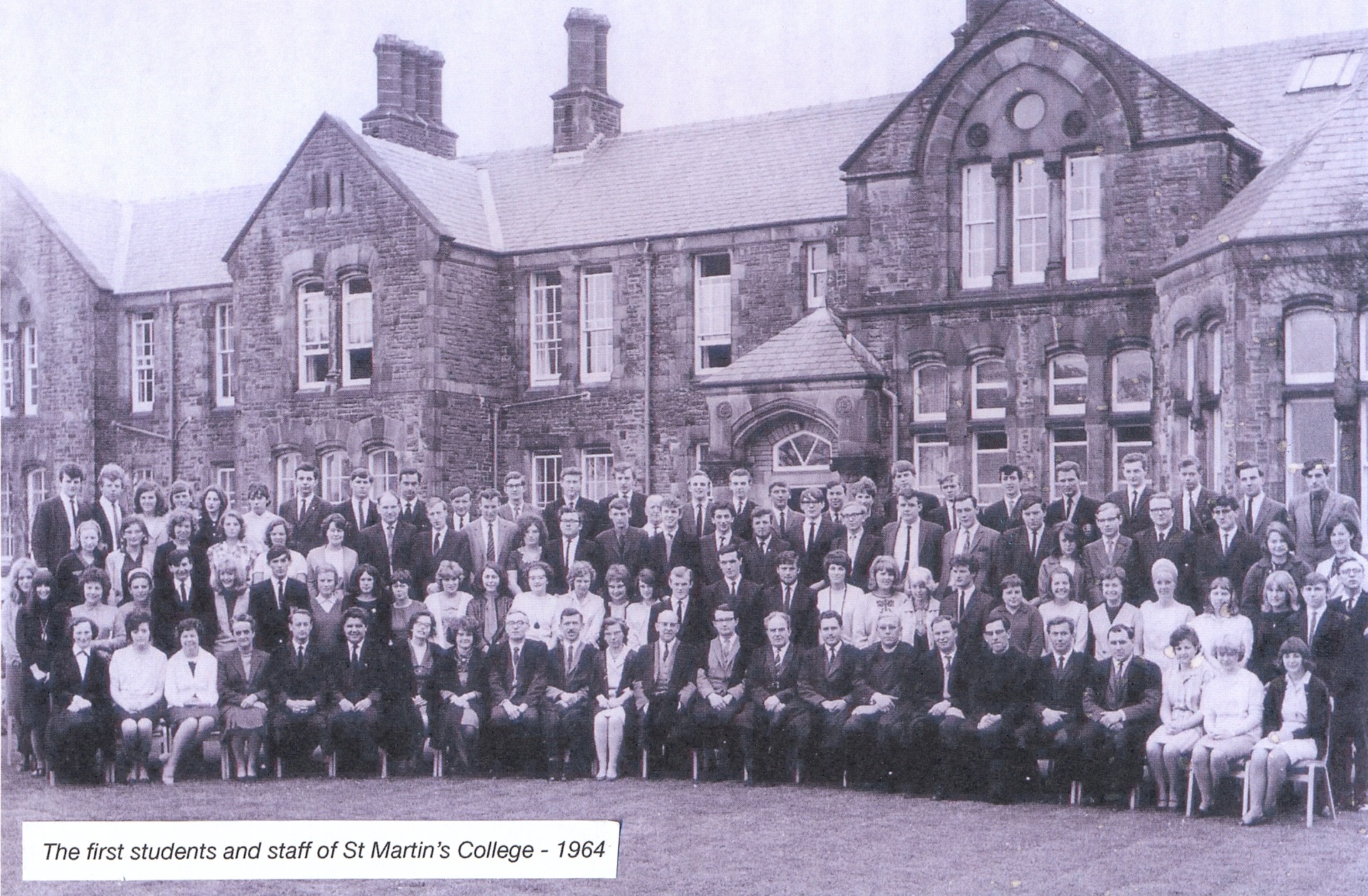
.jpg)
.jpg)
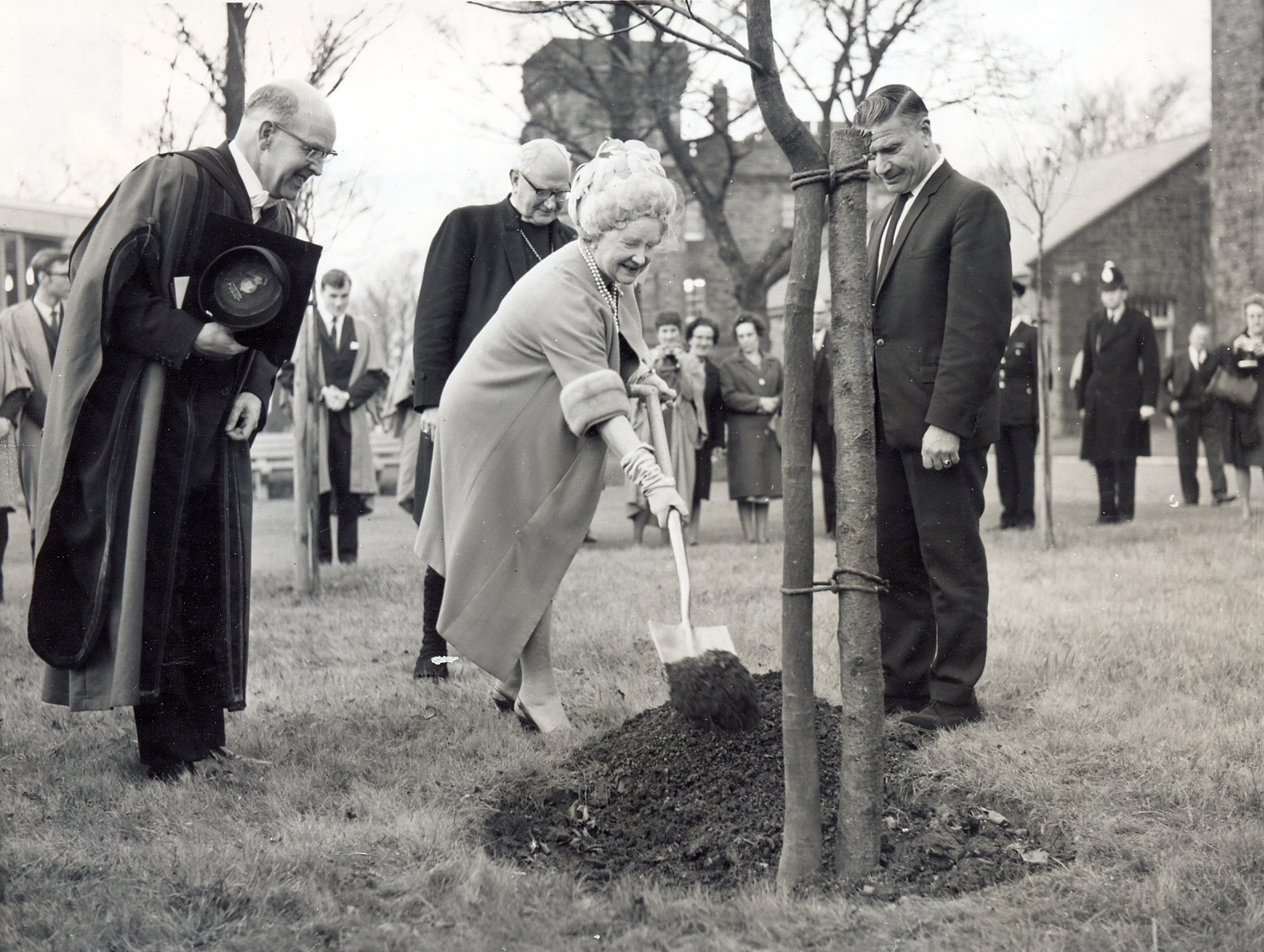
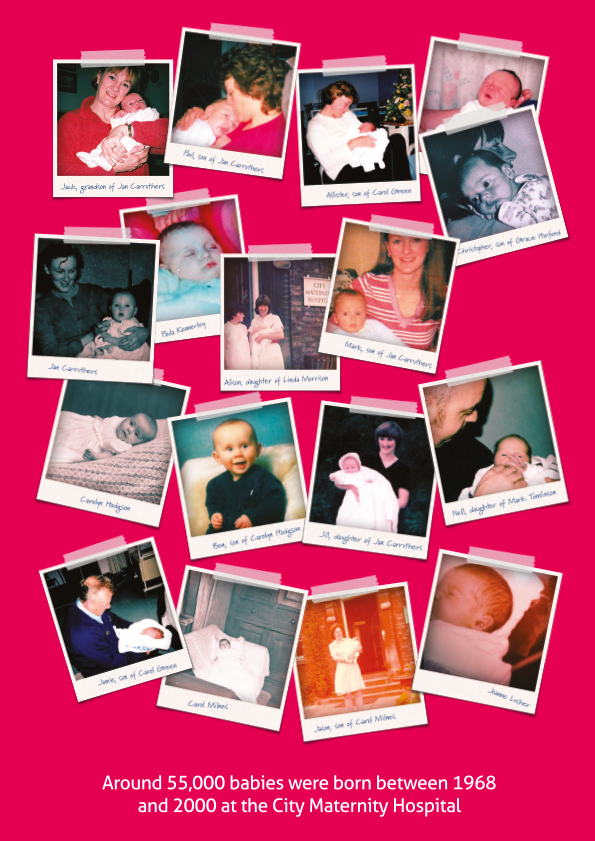
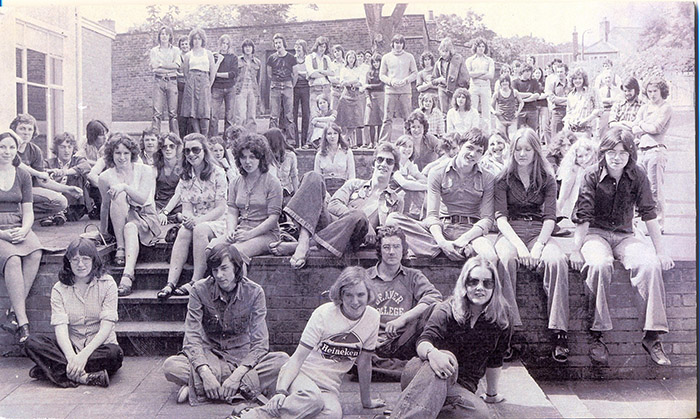
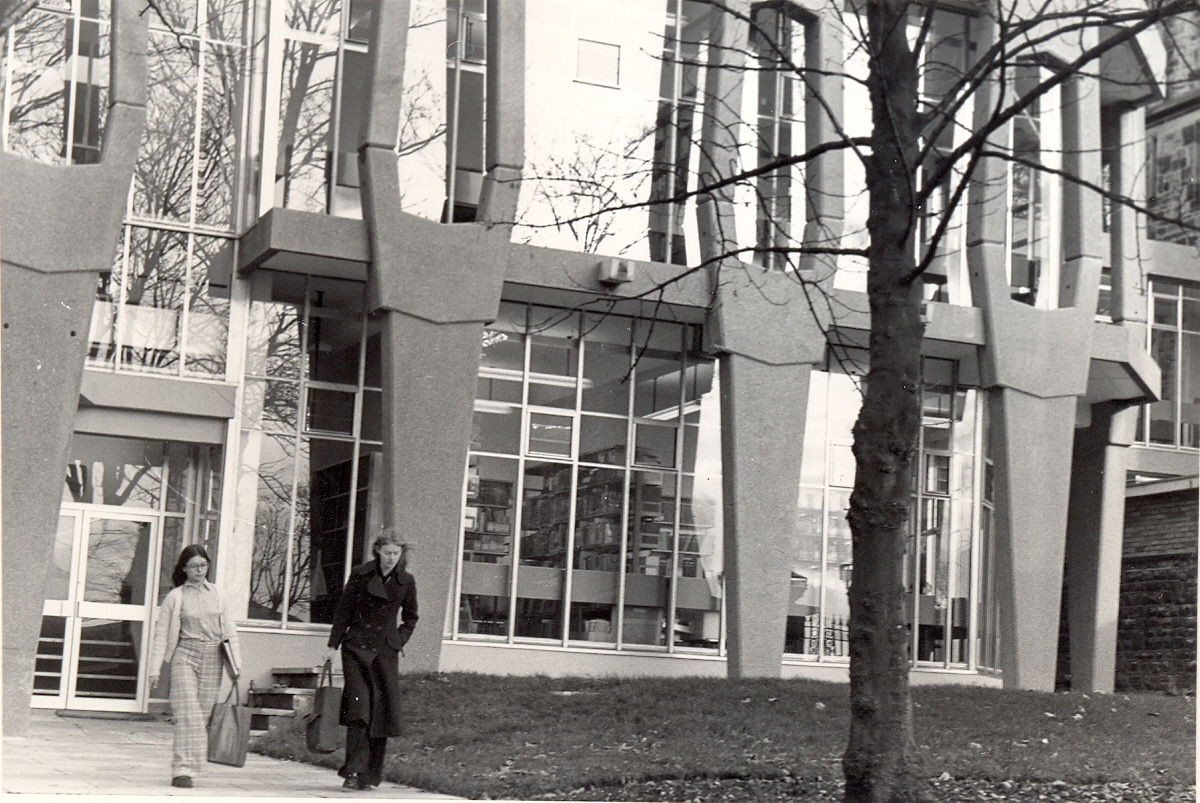
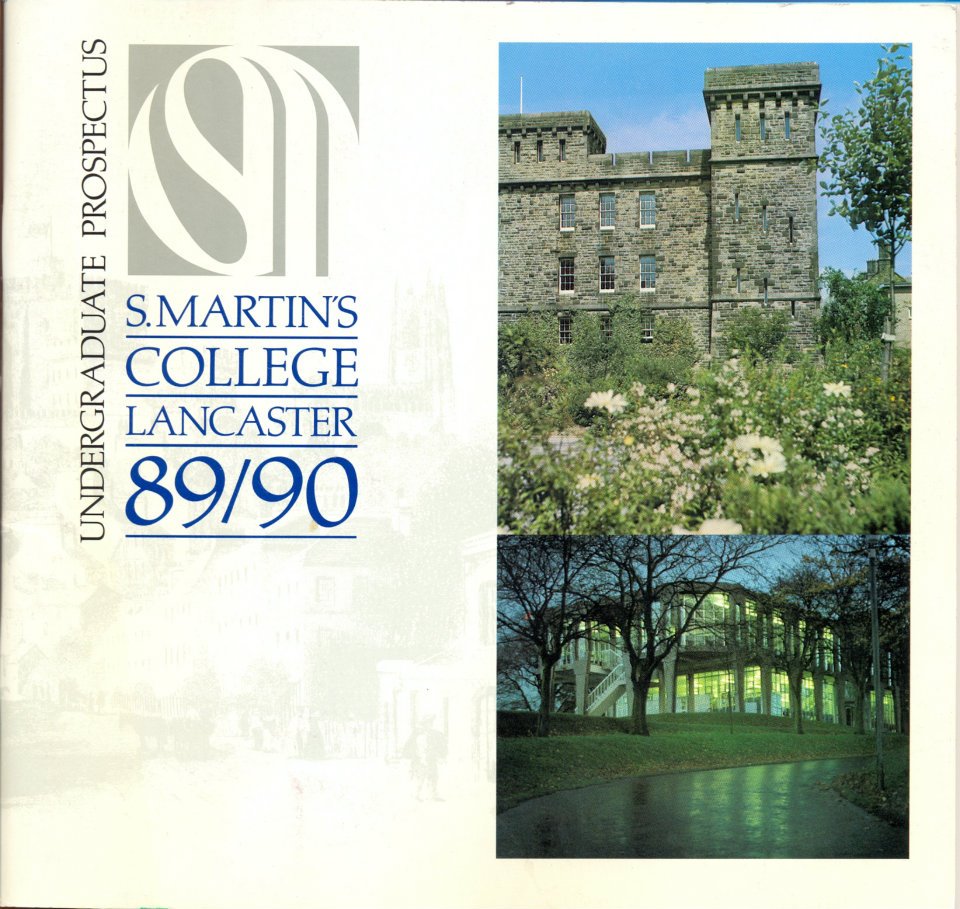
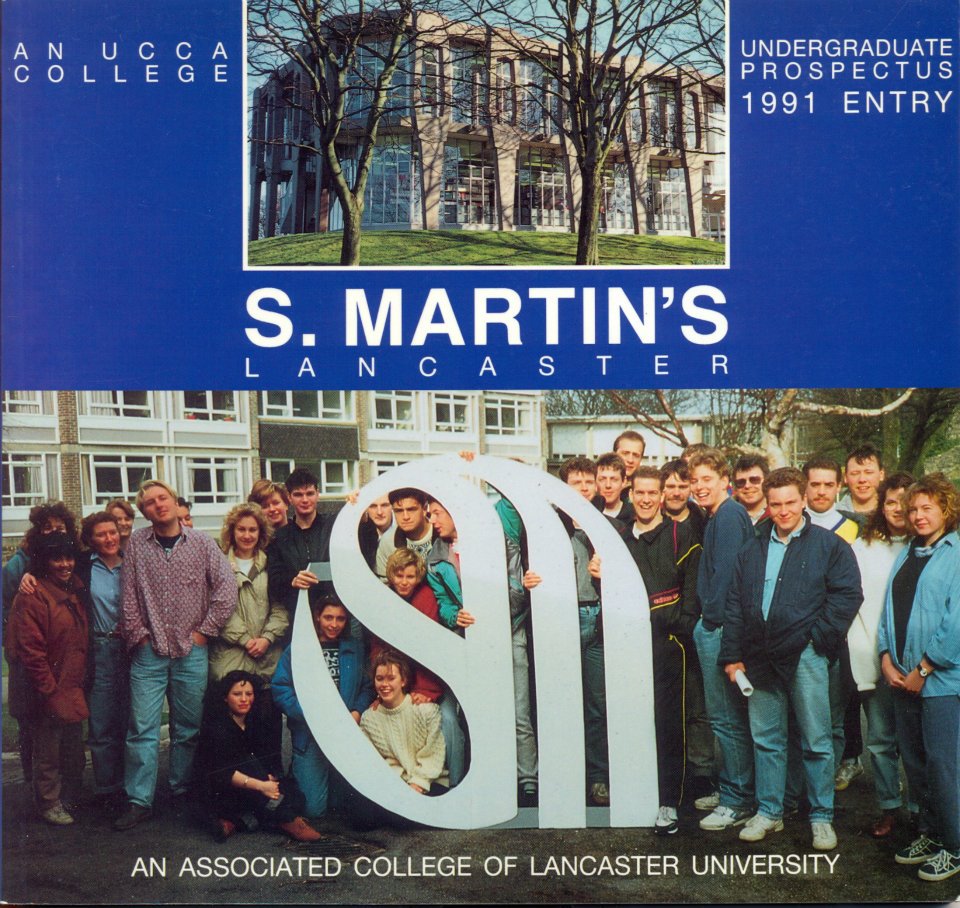
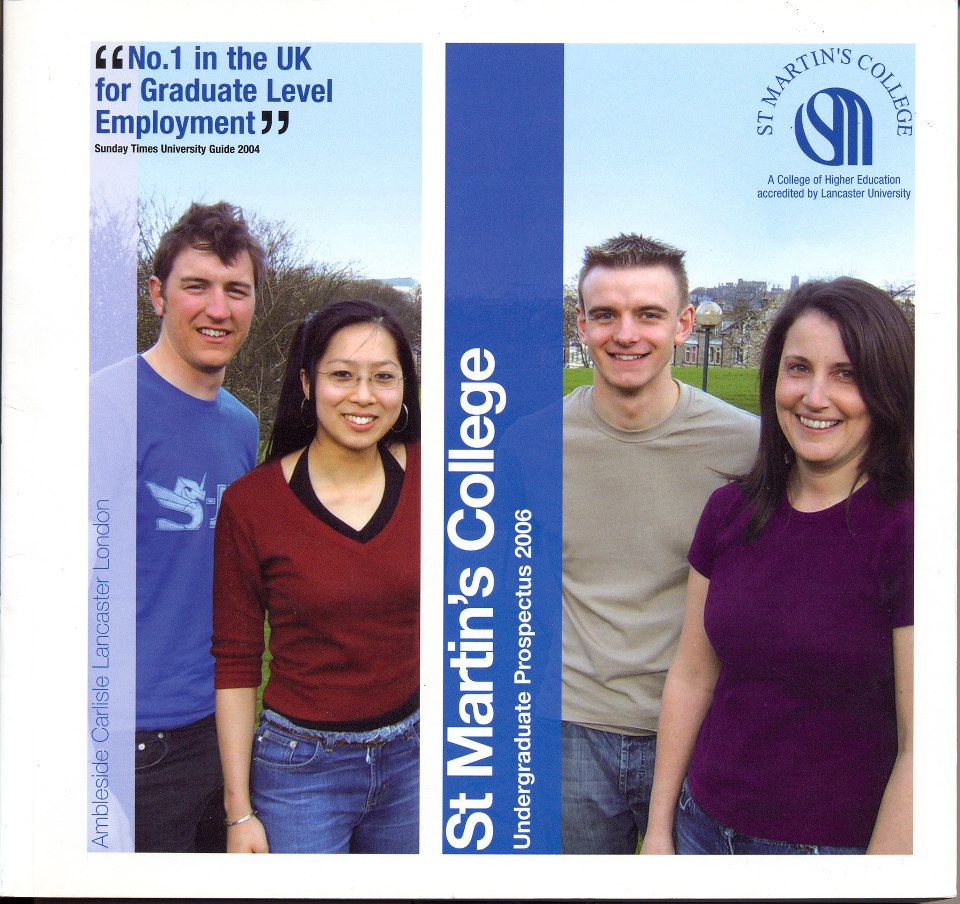
.jpg)
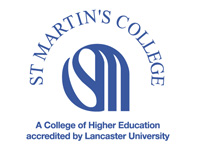
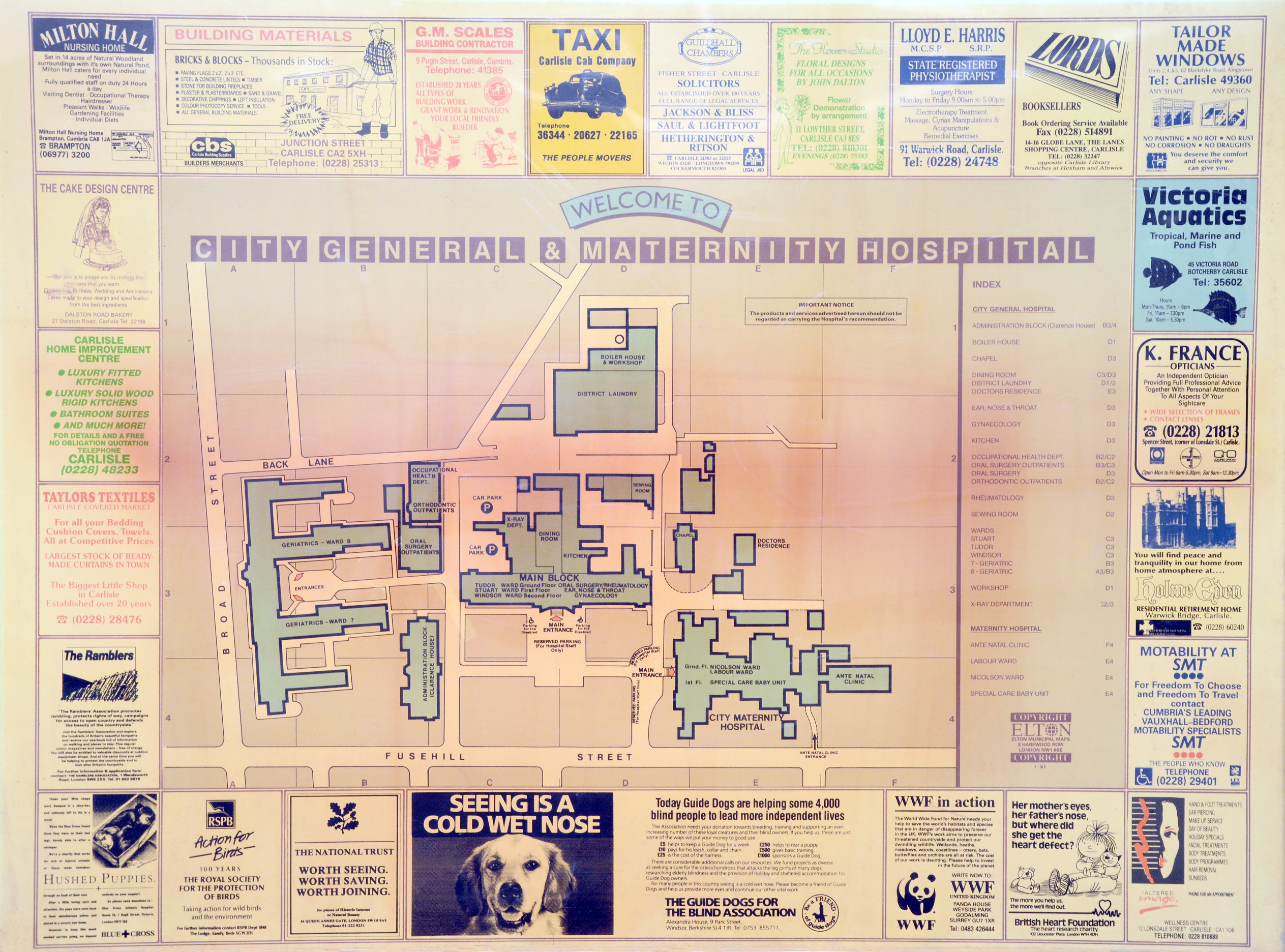
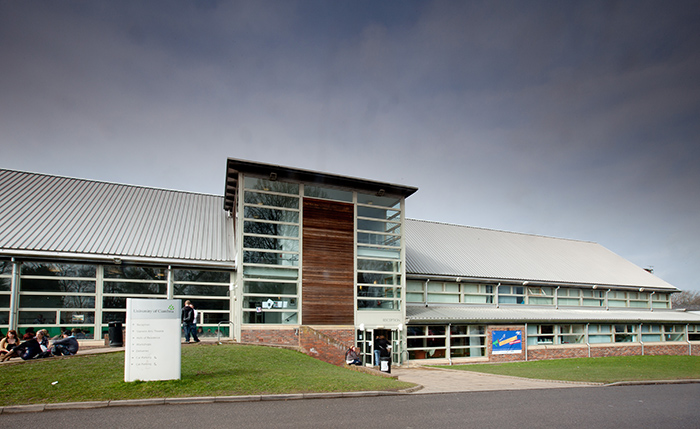
.jpg)
.jpg)
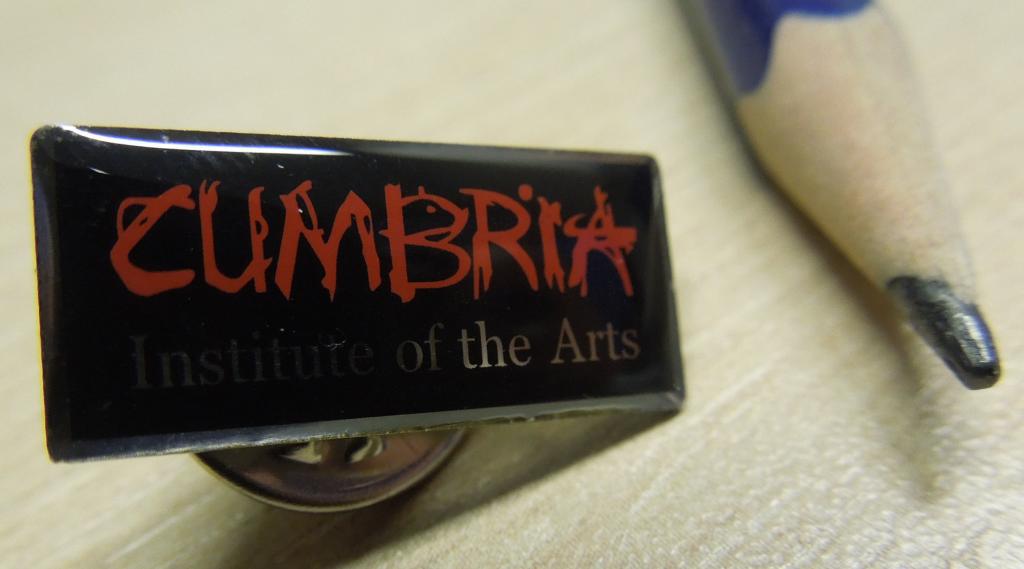
.jpg)
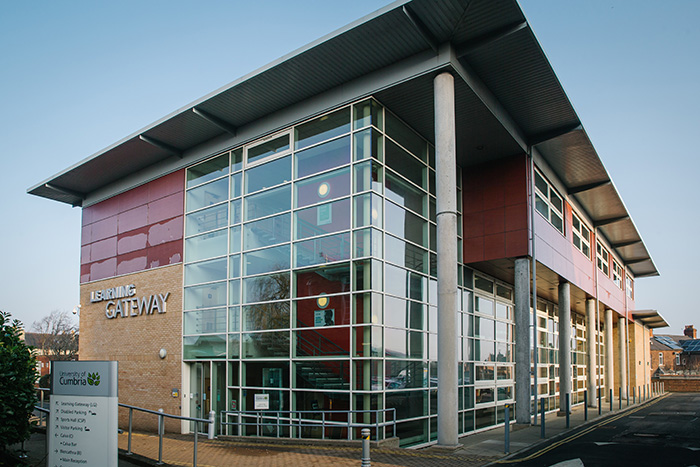

.jpg)
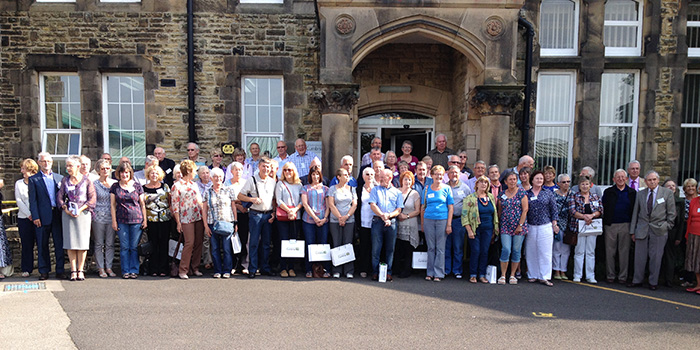
.jpg)
